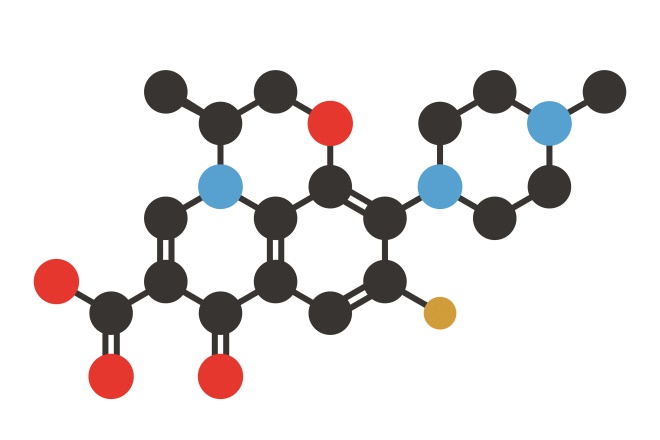Fluoroquinolone toxicity is a result of antibiotics which can trigger severe, full-body effects, from nausea, diarrhea, vomiting, to muscle pain to depression and psychosis. It is also known as Floxing.
Fluoroquinolones are not recommended for patients who have experienced dangerous adverse effects of quinolone antibiotics or fluoroquinolones in the past. Patients with kidney diseases as well as those who have had an organ donation should be taken into consideration.

Fluoroquinolones comprise the majority of the quinolone antibacterial drugs currently in use. They contain a fluorine element in their chemical structure. They are effective against Gram-negative aswell as Gram-positive bacteria.
Fluoroquinolones kill bacteria by blocking enzymes that typically untangle DNA during the process of cell reproduction. These enzymes usually cut DNA’s double helix, pass another DNA strand through the gap and then mend the cut.
However, quinolones can bind with enzymes and prevent the repair process from taking place. In the 80s, researchers included fluorine-containing atoms in the structure of the quinolones. This allowed antibiotics to penetrate tissues throughout the body, including central nervous system. In addition, it enhanced their effectiveness against a broad range of bacterial infections.
Fluoroquinolones can be useful in certain infections, some of them life-threatening, when other antibiotics are not sufficient to treat the problem.
But fluoroquinolones, as with other antibiotics, have been misused. They have been linked to adverse side effects that have been reported over time. The FDA has issued numerous warnings regarding their use. A number of label changes have been mandated, and some fluoroquinolones even come with black-box warnings.
What antibiotics are fluoroquinolones and which aren’t?
These include Cipro (Cipro), Gemifloxacin(Factive) Levofloxacin/Levaquin Norfloxacin/Noroxin Cipro (Cipro), Cipro (Cipro), Cipro (Cipro), Cipro (Cipro), Cipro (Factive), Levofloxacin/Levaquin) Levofloxacin/Levaquin) Levofloxacin/Floxacin/Floxin (Floxin) and ofloxacin/Floxacin/Floxin (Floxin (Floxin), Cipro), gemifloxacin/Floxin (Floxin) and ofloxacin/Floxacin/Floxin (Floxin), Aveloxacin), and ciprofloxacin).
What is Fluoroquinolone Toxicity Syndrome?
Signs + Symptoms
Fluoroquinolone medicines have been linked to potential serious, long-term and permanently limiting adverse effects, such as the central nervous system, cardiovascular system, and musculoskeletal systems. Ciprotoxicity symptoms can also include:
– Damage to DNA and mitochondrial dysfunction
– Brain Fog
– Peripheral Neuropathy
– Blurry Vision
– DNA Damage
– Anxiety/Depression due to the effect and Gaba and Gut Damage
– Tendonitis
– Muscle Atrophy
– Reflexes that are more than
Tendonitis, low back pain and tendon rupture are among the first indications of Ciprotoxicity. Fluoroquinolones could increase the risk for peripheral neuropathy by 47% over time.
Ciprofloxacin has been found to alter the topology and structure of mtDNA and inhibit normal maintenance and transcription mitochondrial DNA. Tendinitis and tendon rupture could result from damaged mitochondria in tenocytes due to fluoroquinolone treatment. It can also cause fatigue and inflammation.
For more information, click fluoroquinolone toxicity treatment